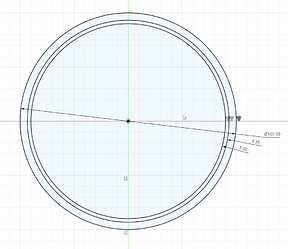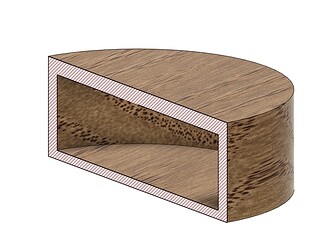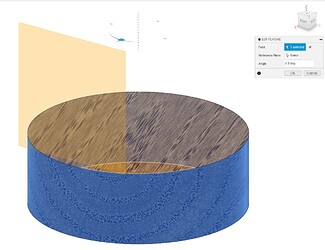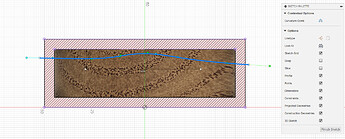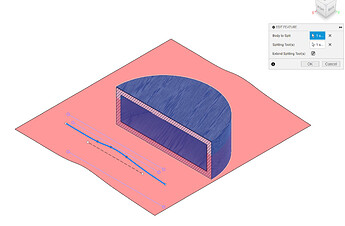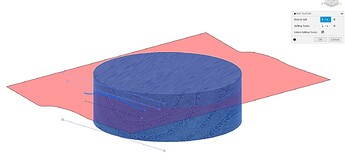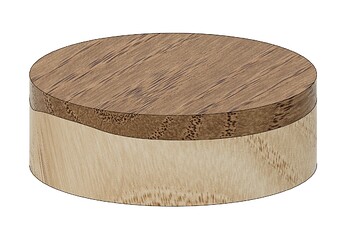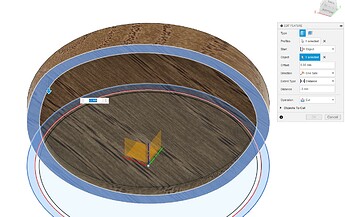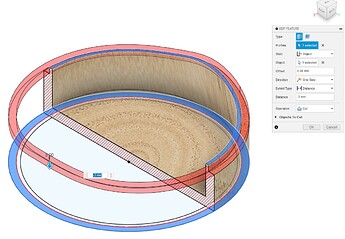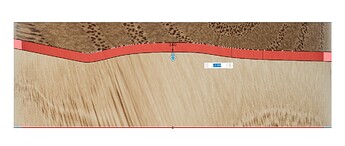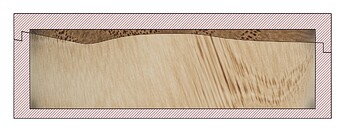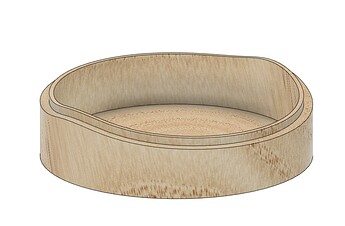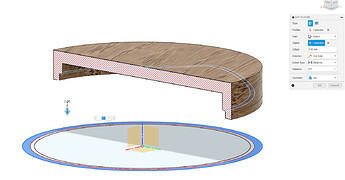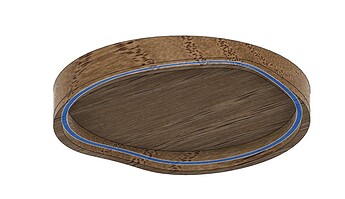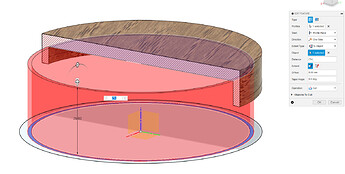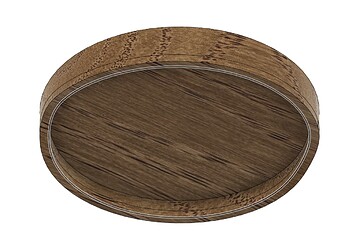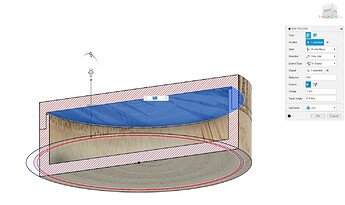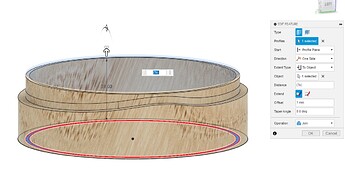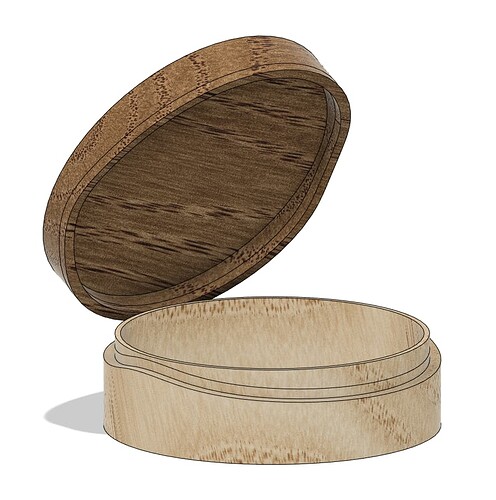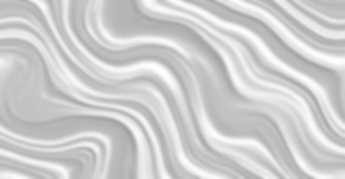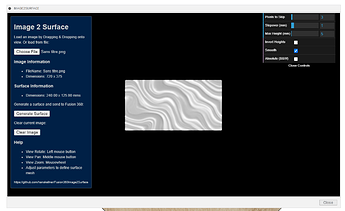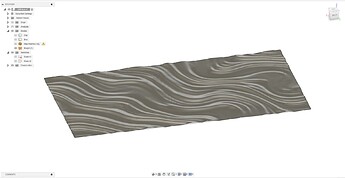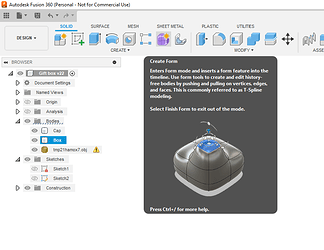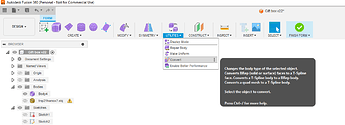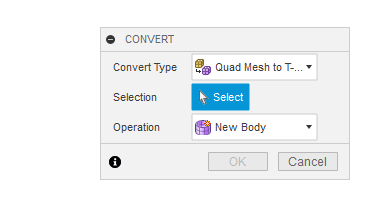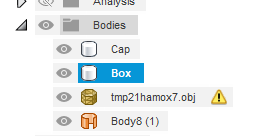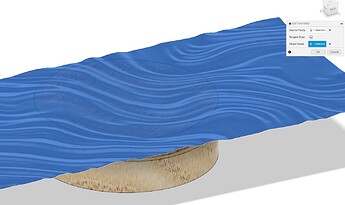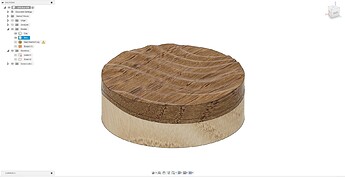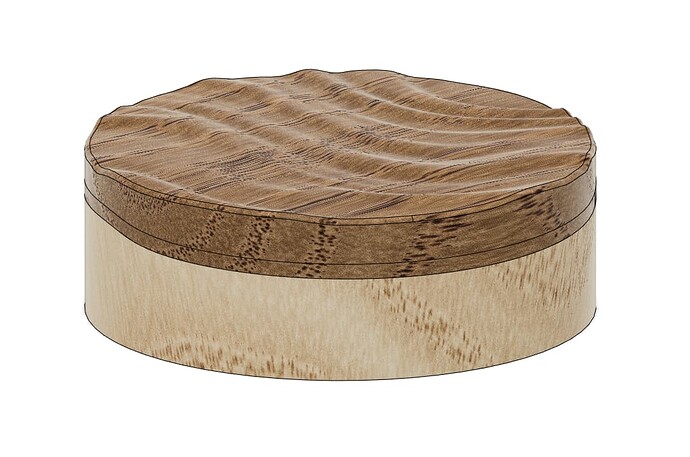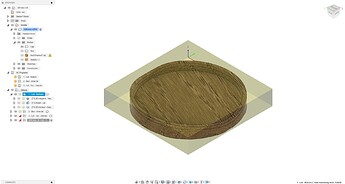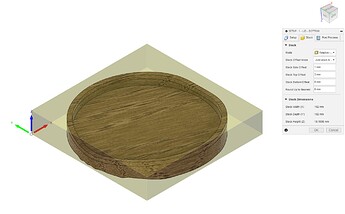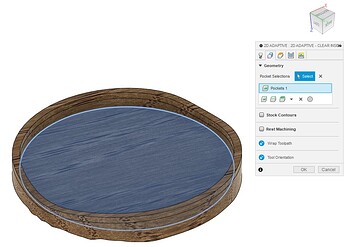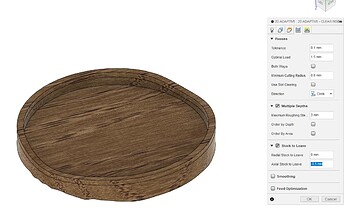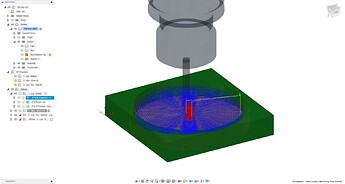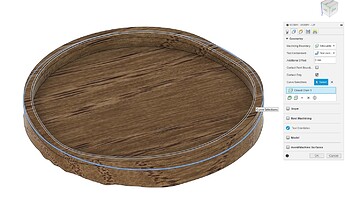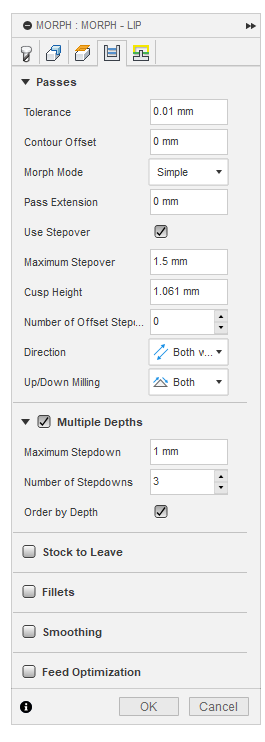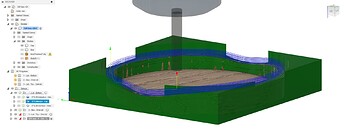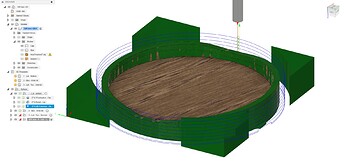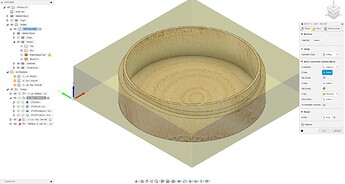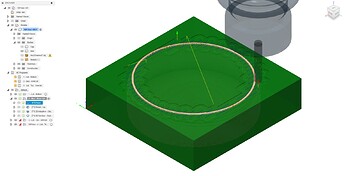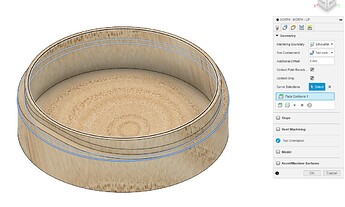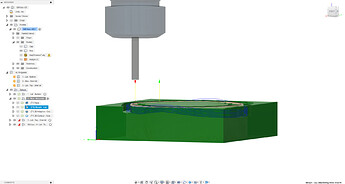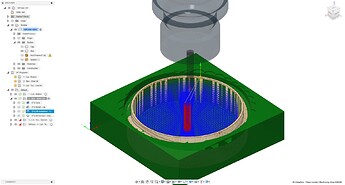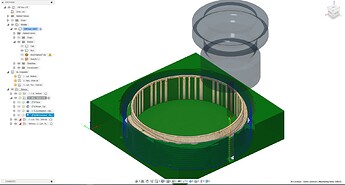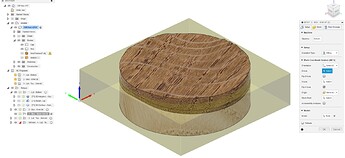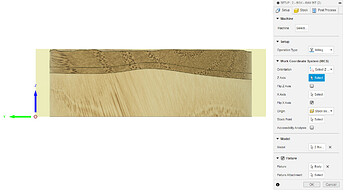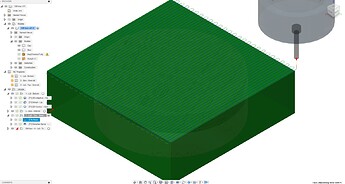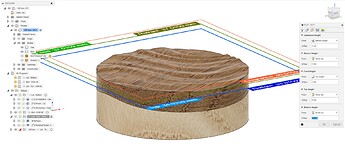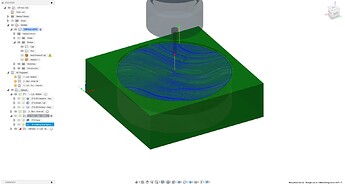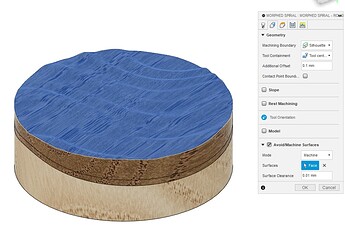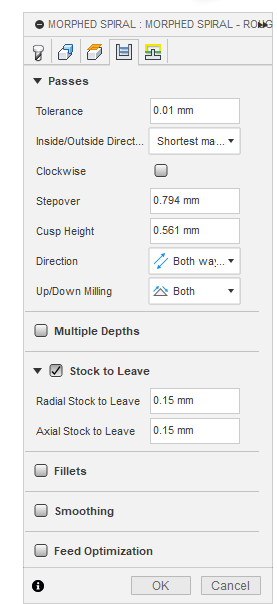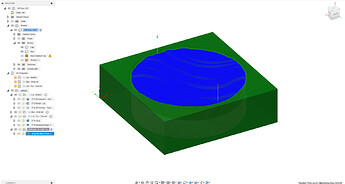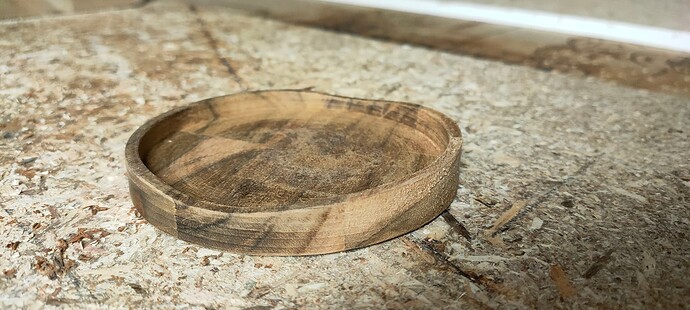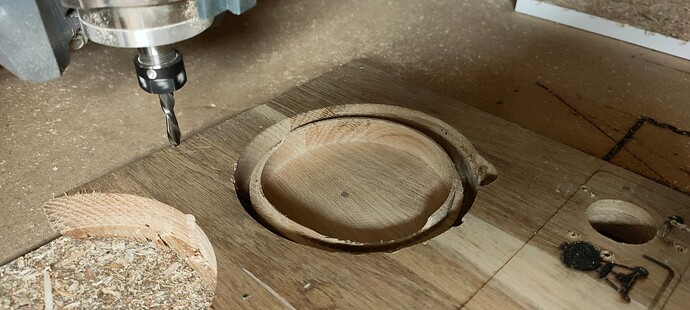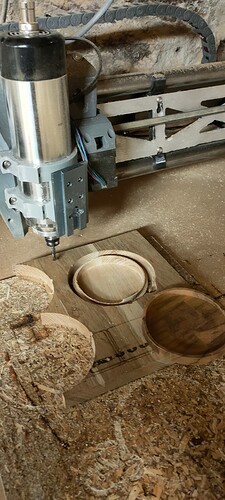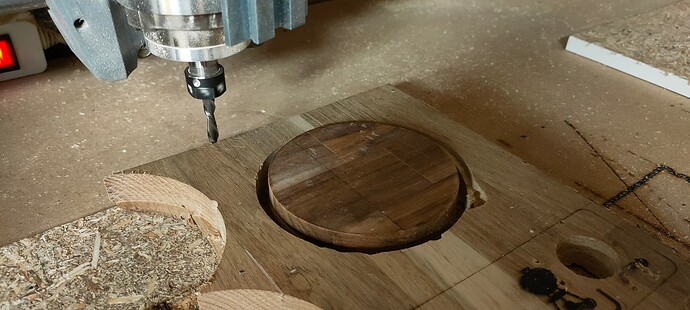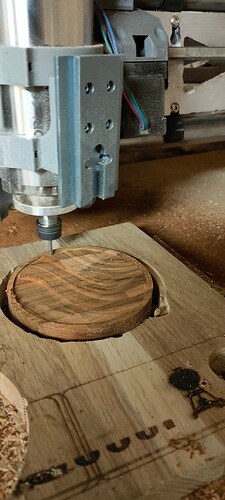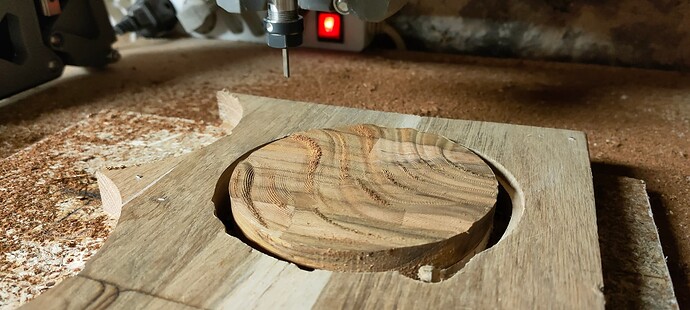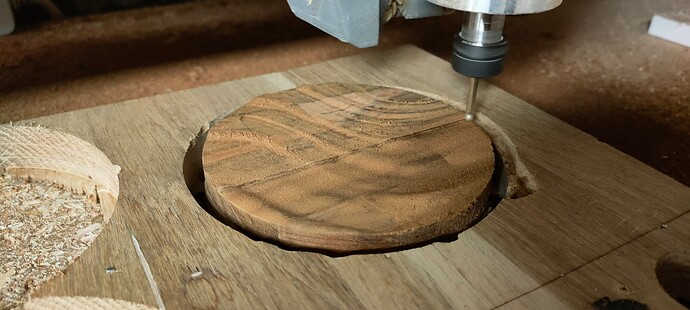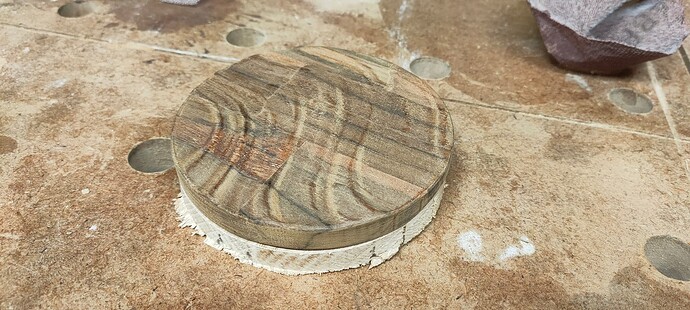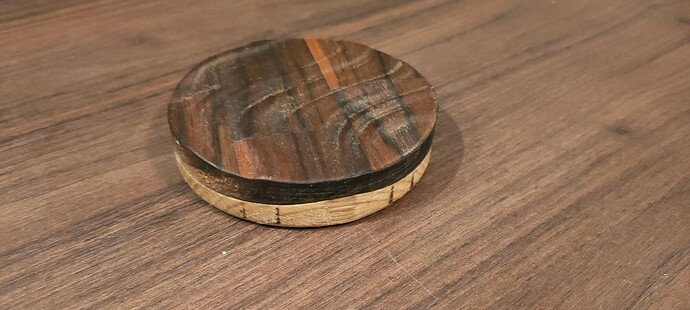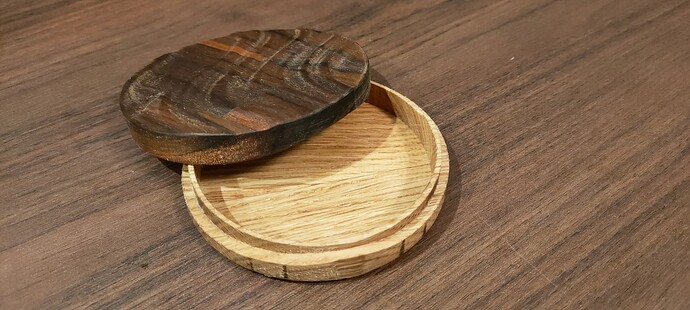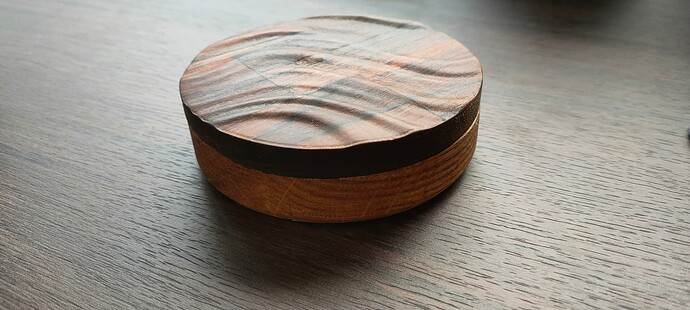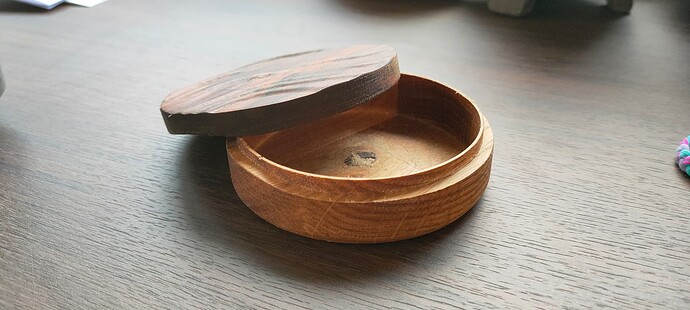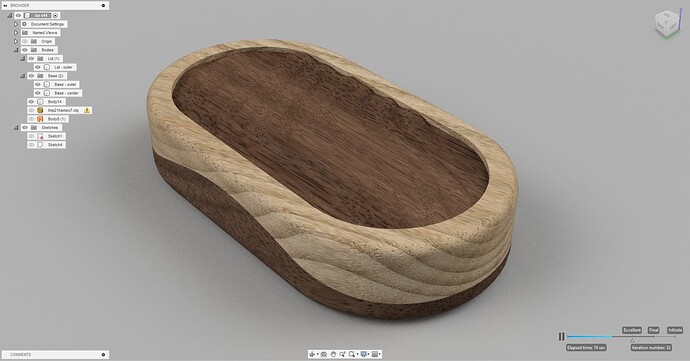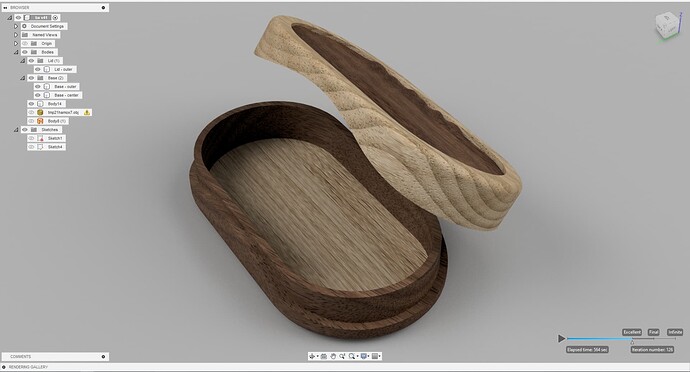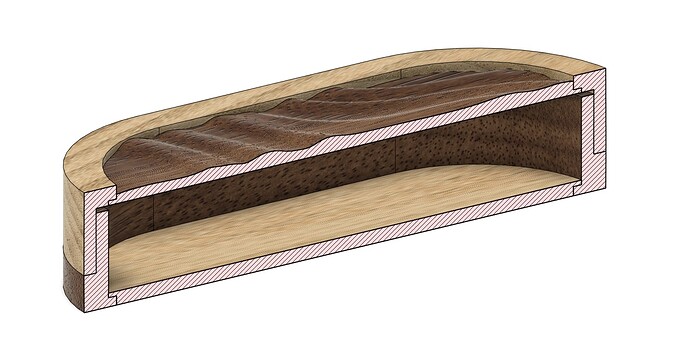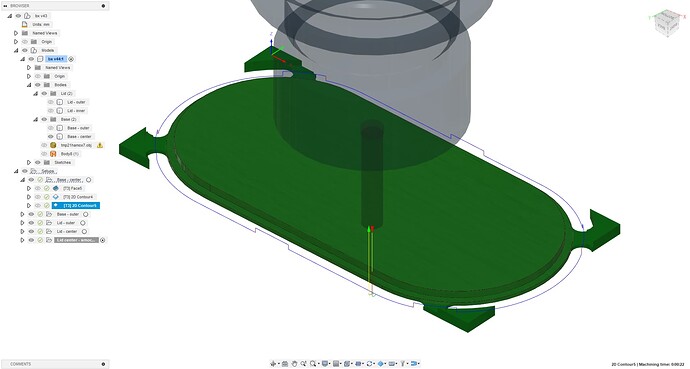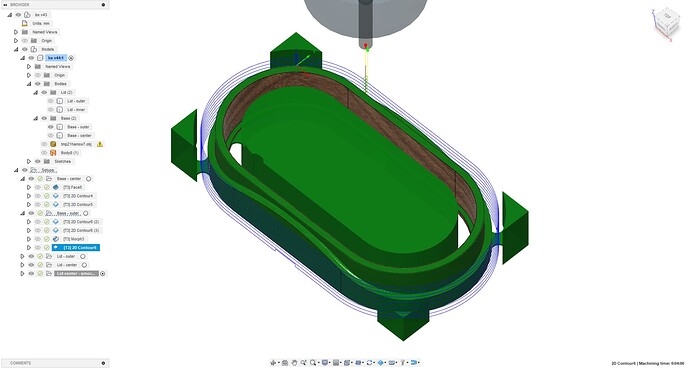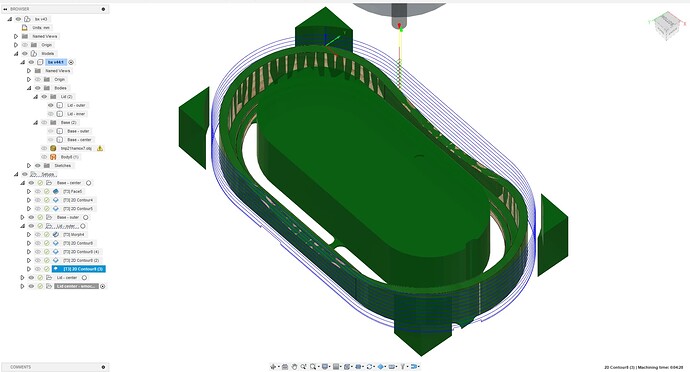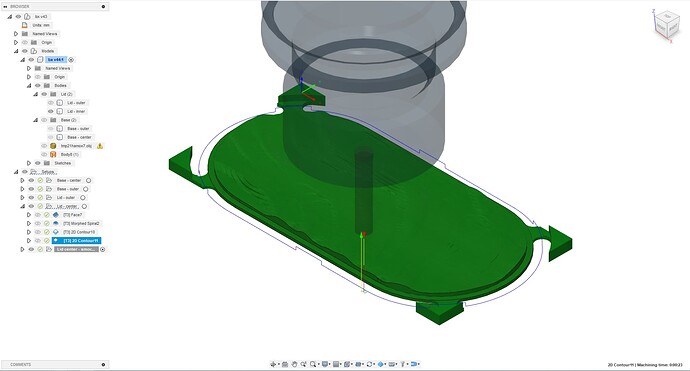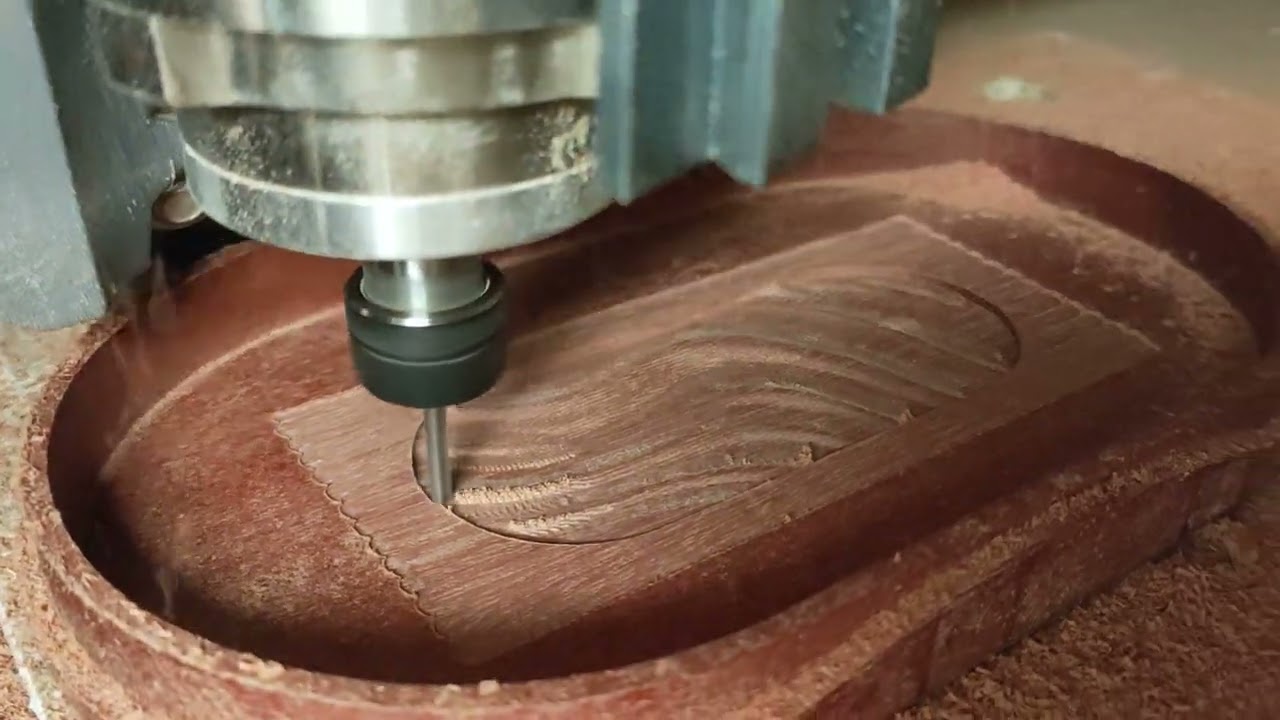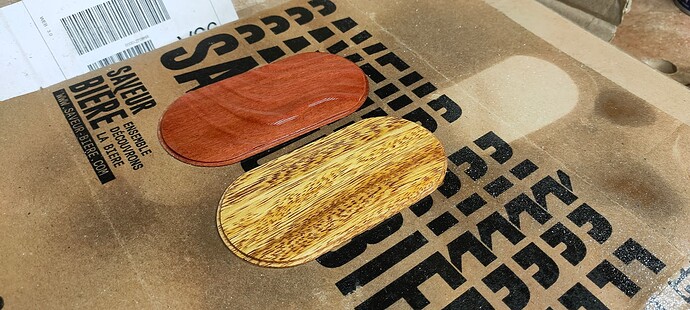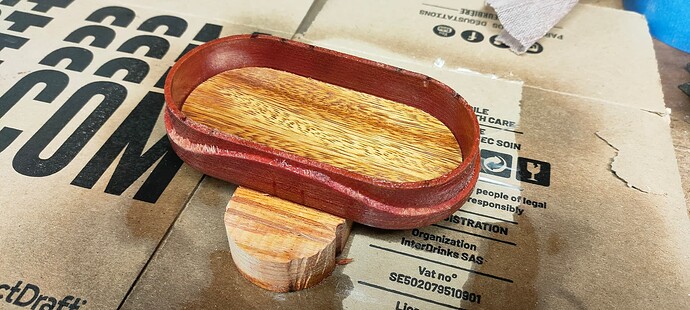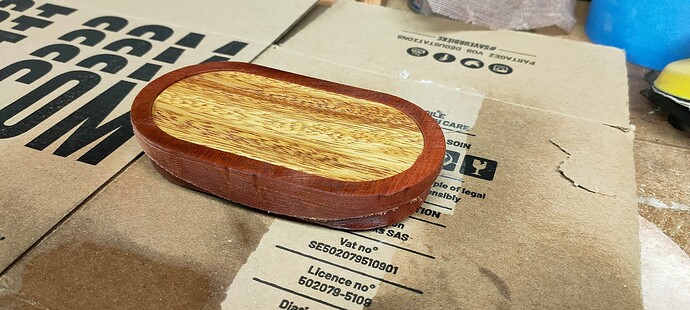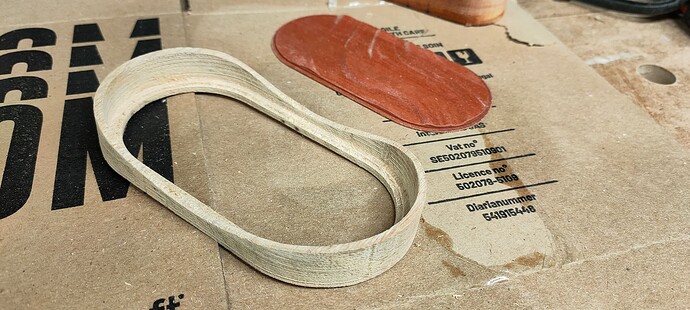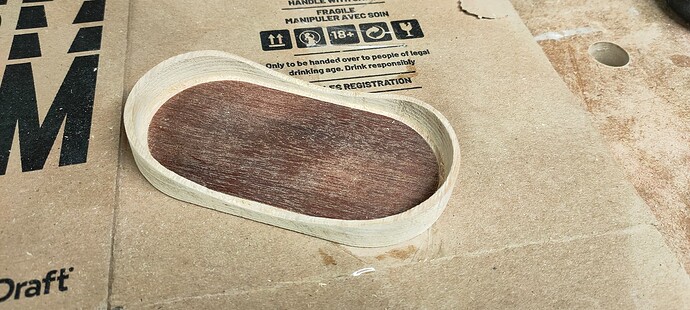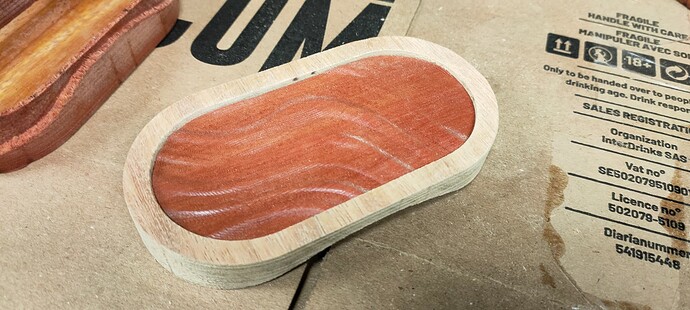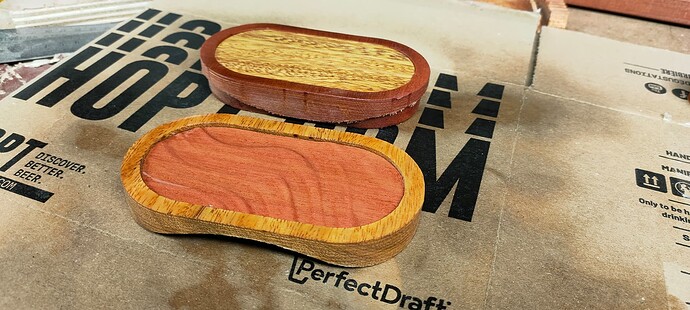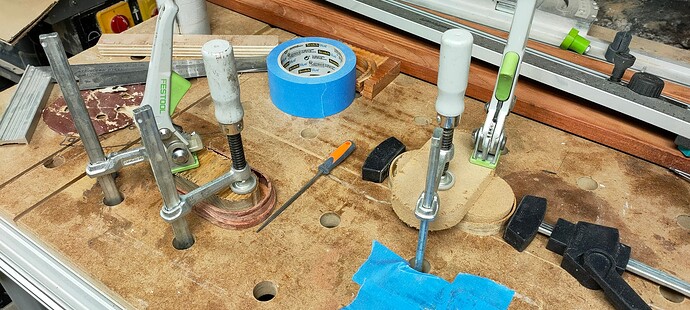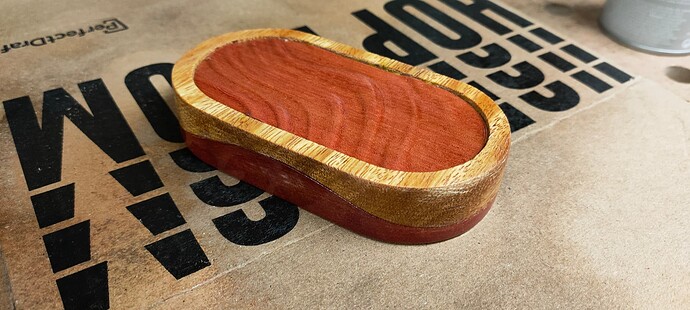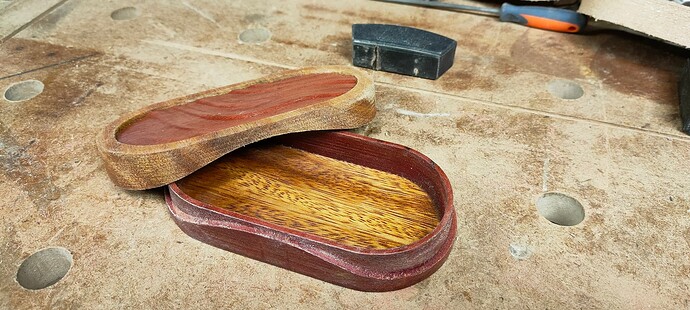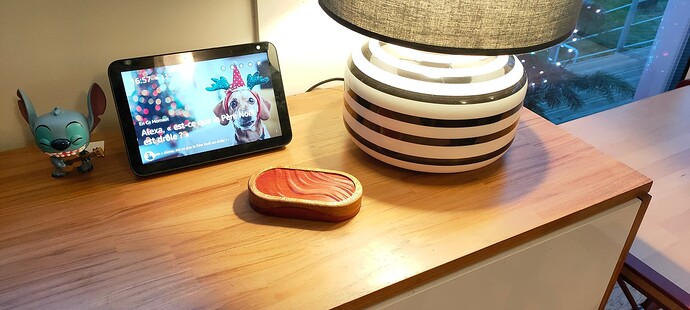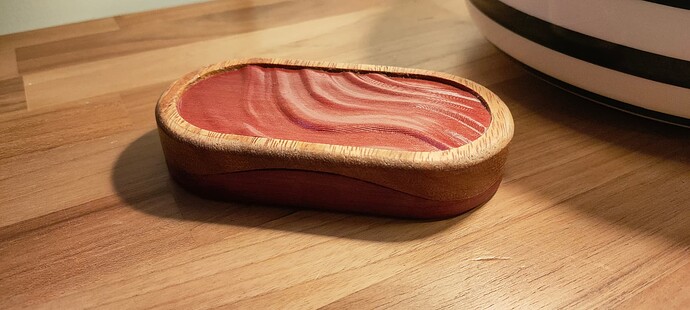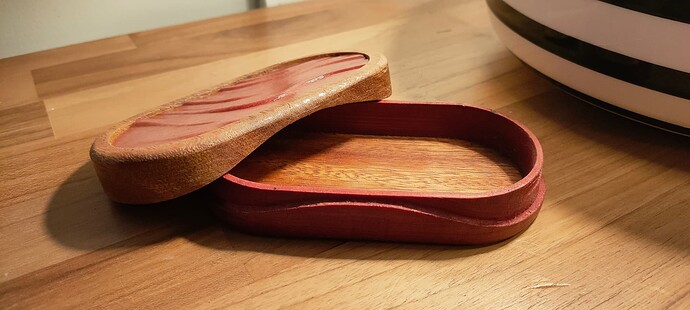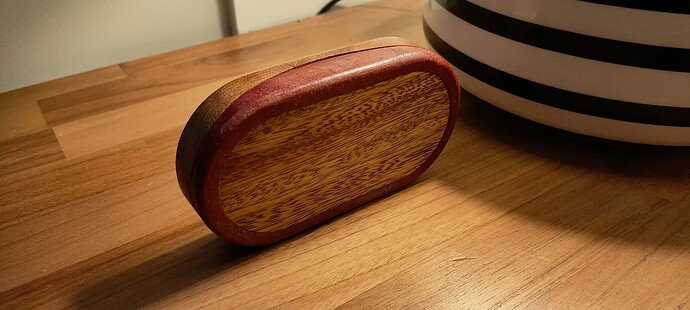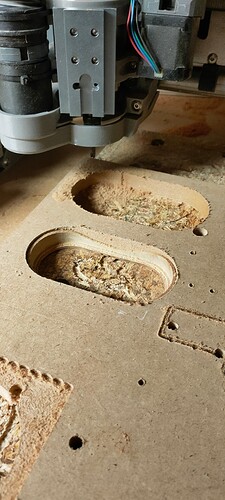CAM: Preparing to machine
This is the fun part…
In order to machine this fancy little box, we will need to use 2 or 3 different tools, and machine a piece from both sides
Each operation or “setup” will generate a different gcode file, that you will need to execute in the correct order, with manipulations and tool changes in between them
Keeping your machine’s position between these operations is critical, so you might want to check that your endstops are correctly setup before continuing…
First setup: Cutting the lid from the underside
For this setup I’ll use a 6mm in diameter, 24mm long, 2 flutes downcut bit to cut down on machining time and get a better finish
Alternatively you can use any 1/4" straight bit you have, this will save you a tool change later…
Create the setup, select the lid model, and adjust stock and origin according to your situation/preferences
I set up the Z origin at bed level, so that I can guarantee the top’s thickness whatever the stock thickness.
This is an essential part of the setup, as we will need to reference known height later on…
Note: My stock is 18mm-ish thick so I add an offset to the top accordingly
You can directly name the generated gcode file here too, which will help you staying on track later on…
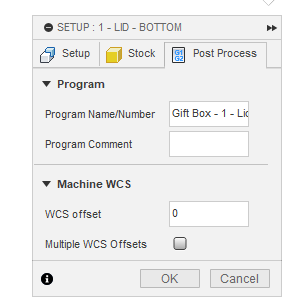
First operation is a 2D Adaptative clean of the inside pocket, nothing really complicated, adjust setting according to your machine , bit, and taste…
The only setting of note here is “Stock to leave”
I use a negative radial offset here in order to “widen” the pocket and get the lid to fit
This is just a first approximation, we will get the correct fit when machining the other part later on so don’t worry too much about this
Note: The exact value may change on your setup, mine is relatively high because this specific bit has a few calibration problems I didn’t solve yet… A typical value would be “-0.20mm”
Second operation is a “Morph”, and it’s a 3D operation you may have not used yet
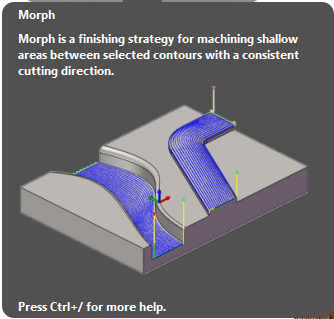
This operation will follow a continous 3D path between two lines, which is exactly what we need to form the curved lip under the lid
So we select thos 2 contours, and apply…
Just pay attention to the DOC, you may want to activate the “Multiple depth option” to avoid a crash
Here’s the resulting toolpath
The third operation is a simple 3D contour to cut-out the part.
You may choose to use tabs or not according to your habits and setup, it doesn’t matter for this setup
Note: we’re not done with the lid just yet, we need to carve the lid’s top on the other side, but we’re not doing this just yet…
Second setup: Machining the boxe’s body
Create a new setup, reference the bed as Z origin, adjust stock offsets, you know the drill…
Same as previous setup, I use a 6mm bit, you can use any other bit you like
Important note: Be aware that, depending on the bit size and lip shape you have, you may not be able to machine the lip properly. If this is the case, switch a thinner bit, or adjust the spline shape in design and try again.
First operation is a “Surface facing” of the top of the box inner wall
Pretty simple and quick operation, it just ensures a straight fit and known final height
Second operation is a “Morph” of the lip
It pretty much works like the first one, but I had a pretty hard time making this work though…
From my understanding, if the with between the two contours of the morph operation is too narrow, it will just be ignored…
I solved this problem by widening the lip to more than half the diameter of the bit (hence the 3.2mm offset at the very begining of design…) this seems to do the trick…
If anyone knows a better way, I’m all ears 
Third operation is once again a “2D Adaptative clean” of the inner pocket
Nothing new, pay attention to the depths and loads, try to optimize machining time…
Fourth operation is a “2D contour”
Again, nothing complicated…
Except for one important thing: Activate the tabs, make plenty of them, make them big, make them tall!
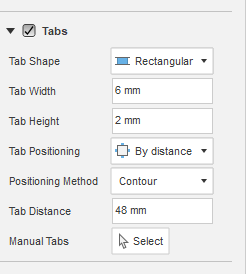
These tabs will ensure that the part stays put, as we will use it for the next operation…
Third setup: Rough-carving the lid’s top
This is where the machining gets tricky: we will position the top of the lid by using the box itself.
Start by duplicating the preceding setup and removing all operations
This will ensure you get the same stock offset values, setup origin and everything as the previous setup…
This is critical, we want the coordinate system to be exactly the same, as we reference directly from the part machined in the previous setup
Add the box base model to the setup, declare it as a fixture
All operations in this setup use a 1/4" straight bit. You need a thinner bit to carve the details.
First operation: Surfacing
Surface the stock down to 0.3mm above the model’s top
Second operation: Rough carving
Add a “Morphed spiral” operation
We want to limit the operation to the lid’s top surface. To do this, use the “Avoid/Machine surface” checkbox, select “Mode=Machine”, and select the lid’s top face
This operation will use a 0.15mm stock to leave (axial and radial) so that the last setup can take care of the finer details
Fourth setup: Fine carving
All operations in this setup use a 1/4" “lollipop” diamond bit
You can use other rounded bits, but you need a small one
First (and only) operation: a “3D parrallel” operation that will smooth out the sharp edges left by the straight bit
The operation only removes a tiny bit of material, so you can go pretty high on the speeds
Just like the preceding setup/operation, use the “Avoid/Machine surface” setting to only carve the top of the lid
With all those setups ready and verified (always check the simulation! :p), you can now generate 4 gcode files and transfer them to the machine…
![]()
![]()
![]()
![]()
